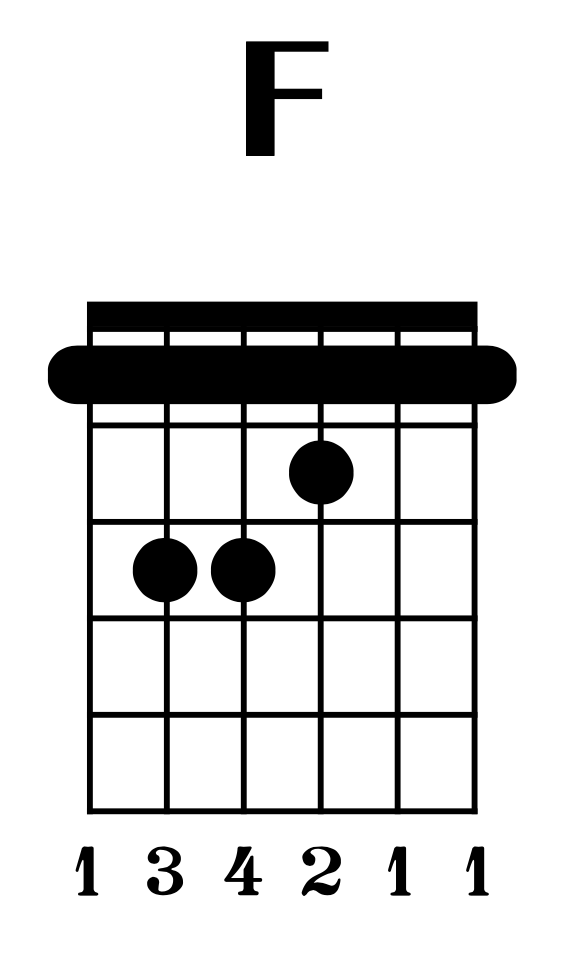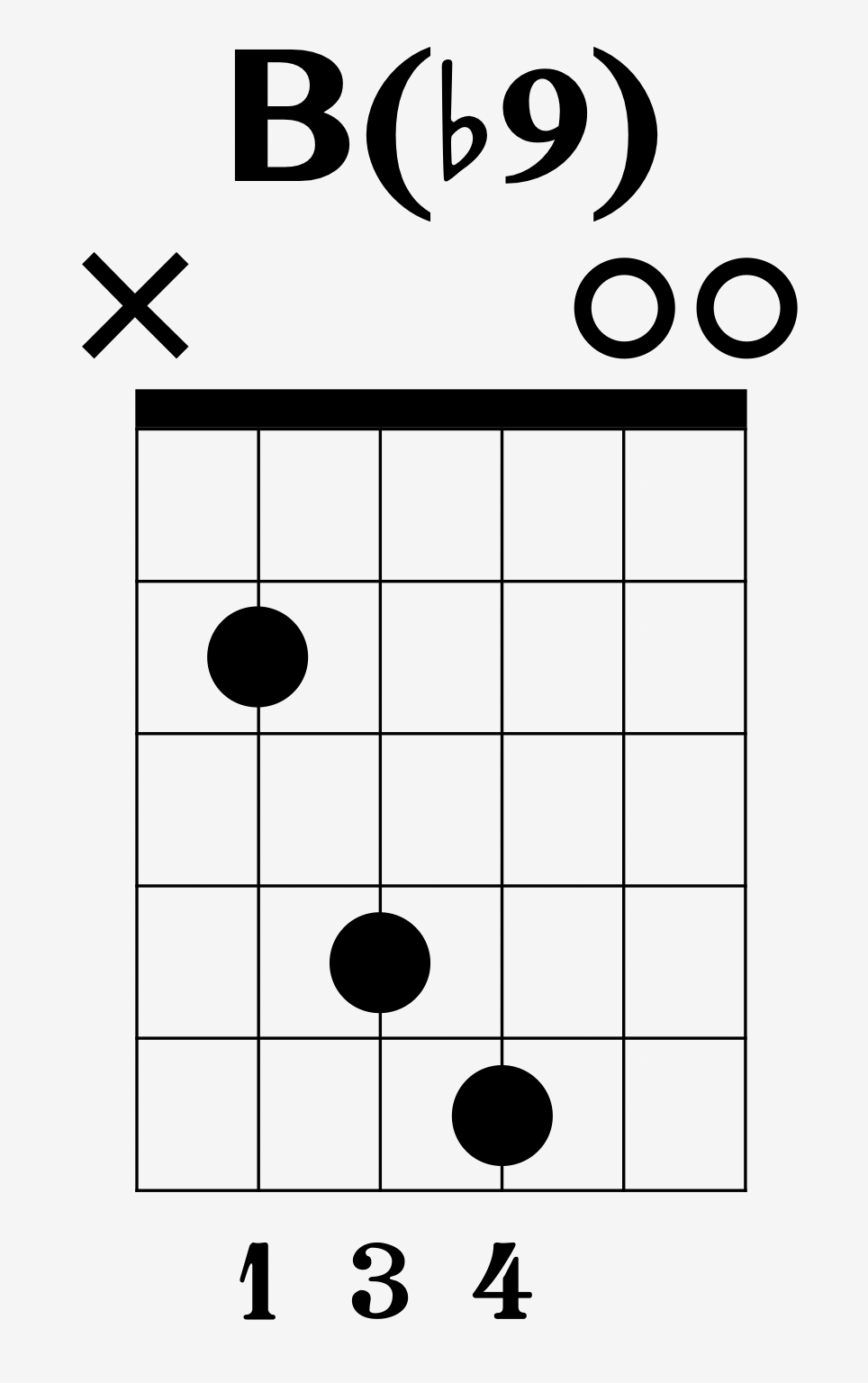
Flamenco Guitar Chords - INSTANTLY Get That Spanish Guitar Sound
Mar 27, 2023Few things sound as instantly recognizable as the "phrygian sound" that we can get by playing two major chords a half step (one fret) apart. Even the Andalusian Cadence – which ends with this two chord sequence – is less potent than just playing these two chords back to back. This is the essence of Malgueña and Miserlou and the principle chord exchange in flamenco forms like Tangos, Soleá, Bulerías, Seguiryas and others.
In this lesson, I want to show you how you can combine these two chords into one evocative chord to create an instant flamenco sound.
We'll look at 5 common Spanish guitar keys and see where and how we can use this idea.
The Flat 9 Idea
Before we look at the different ways we can achieve this Spanish sound, let's just think about the two most common Flamenco chords that you have probably already played, especially if you have played my easy Malagueña version from my Ultimate Nylon String Guitar Guide - E major and F major:


If you play these two chords back to back with E being the "main" chord, you've got the sound of thousands of Flamenco songs. The way that we would write this in Roman numeral notation would be to use an uppercase Roman numeral I for the E chord, and and uppercase Roman numeral II with a flat sign in front of it for the F chord (bII), because the F chord is a minor second (or flat 2) away from E. (Uppercase Roman numerals denote major chords, lowercase Roman numerals are for minor chords.)
The thing that really makes this sound Spanish is the F chord, because you really don't see this chord exchange anywhere else except for the phrygian scale (the fifth mode of the harmonic minor scale). The major scale, which is the most commonly used framework in all western music, doesn't contain the possibility of this one-fret-apart chord exchange, therefore it stands out as something different the instant we hear it. But instead of having to play E to F and back again, we can add an F note to any E chord, and that will give us the flavor of this phrygian chord exchange:

*Try opening any version of Malagueña with the dramatic strumming or arpeggiating of this chord to set the "Spanish mood", and by all means end with this chord for an extra interesting tonal finish.
The Key of A Phrygian
As we talk about the phrygian scale and name our keys according to it, you may be more familiar with the minor key that is also consistent with phrygian. The Phrygian scale as we mean it in Spanish guitar is not actually the third moder of the major scale, it has one note that's different – and that note is a note we could say is also inside of the harmonic minor scale. Long story short, each one of the phrygian keys that we are talking about also has a minor key that you may be more familiar with. For example, E Phrygian above is consistent with the key of A minor. Why don't we just call it A minor? Because E is definitely the tone center – but it doesn't have to be! You can think of these keys in the phrygian sense or the minor scale sense, it's all relative!. With that said, let's look at the key of A phrygian, which would be the notes from the key of D minor. To get our Spanish sounding chord, we can take an A major chord and add the note that is 1 fret above A which is B-flat:

You'll often see this chord in many flamenco forms like Tangos, Bulerías, Seguiryas, Soleá por Bulerías, Soleá por Medio, Tientos and more. (Flamenco guitarists call this the "por medio" key because the main chord (A) falls in the middle of the strings.
The Key of B Phrygian
Don't get scared at the sound of B phrygian, it's really only the key of E minor. Let's add a C note to a B chord and see what we get:

Notice here how the open B string and the C note on the 5th fret of the 3rd string are harmonically right next to each other. This wasn't the case with E(b9) and A(b9), and this makes for some very moody sounding arpeggios. Another thing to note is that this B chord doesn't have a major third in it (the third is what makes a chord major or minor). If we add the third (a D# note), we get this:

We've lost the dissonance of the B note against the C note but we've regained it because the open E string and the D# note create the same dissonant effect! By the way, E is not in a B chord but it's in the key (remember E minor?) and therefore works great. Experiment with arpeggiating this one!
The Key of F# Phrygian
Continuing to another common guitar key, we have F# phrygian which is relative to the key of B minor. For this Spanish chord, we once again lose the third but have a flat 9 that is an open string, in this case the open G string:

*Note that at the beginning we were talking about a "minor 2nd" or "flat 2" and now we're naming these chords using the number 9. They are the same note, the only difference is that we use odd numbers above the number 7 for 7th chords (these are called extensions) and in a perfect world, all of these chords would be dominant 7th chords with a flat 9. We have encountered a little bit of a loophole here, as we commonly call these chords with minor seconds in them flat 9 chord even though they are not dominant 7th chords. The note that would make these them dominant 7ths is in the phrygian scale we've been talking about.
The Key of C# Phrygian
You may never have heard of the key of C# Phrygian before, but it is really just the key of F# minor. It's a little less common in Spanish guitar, but the relative major of F# minor is A major, which is a very common guitar key. What that means for us is there are more open chords in this key and therefore it's one that we will encounter as Spanish guitarists. Look what happens when we take a C chord up one fret, to make it a C# chord, and then expose the open D string which is our flat 9:

We've got that dissonance again with the root and the flat 9 right next to each other, only in this case it's on very low sounding bass strings which I think sound so much more sinister and therefore awesome!
Let's walk through these chord shapes and I'll show you a BONUS CHORD where we flip this idea backwards and improvise with some easy scale notes:
Try These at Home!
See if you can take any of these new chord ideas and put them into songs you already know. This will really get you thinking about chord relationships and scales, and will better your understanding of Music Theory as it pertains to Spanish guitar. Also, can you take this idea and apply it to some other chords I haven't shown?
FREE TRAINING
Learn the 3 Secrets to Nylon String Mastery With My In-Depth Workshop
In My Free Workshop, You'll Learn:
- The 3 simple secrets that most people don't know about
- The reason why most people fail at playing nylon string guitar correctly
- The 3 most essential techniques that cover over 90% of what we do with the right hand
- My Ultimate Exercise, designed to get you playing as efficiently as possible in only minutes a day
- You'll also get my free 15-page Nylon String Quick Start Guide
We hate SPAM. We will never sell your information, for any reason.


